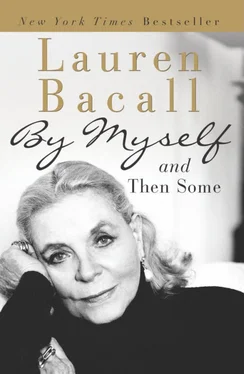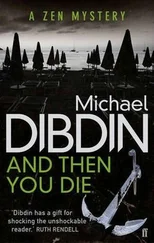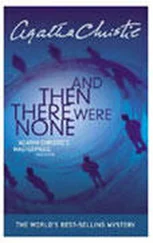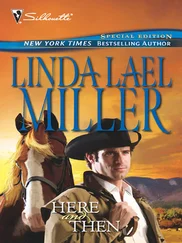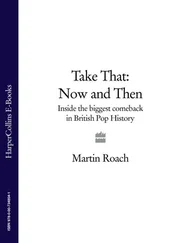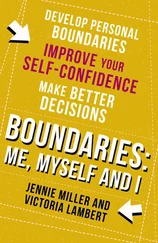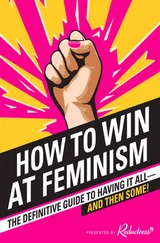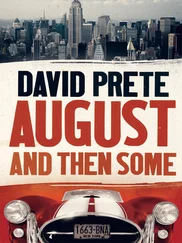T he next play I saw , some years after Hamlet , was The Philadelphia Story , starring my other favorite, Katharine Hepburn. Again I was nested in the balcony, but the atmosphere in the theatre was totally different from what it had been for Gielgud. There was the excitement of seeing a movie star in the flesh – live – onstage. And because the play was billed as a comedy, the audience entered the theatre with different attitudes.
Katharine Hepburn was mysterious, wonderful – offering her considerable self and her incredible personality that was totally there for you even in the second balcony. She was so beautiful – and so funny and so touching. And the play was so good and funny. The leading men were new names to me – Joseph Cotten, Van Heflin. Shirley Booth played the second female lead. Hepburn’s clothes were floating, graceful – her hair was shoulder length and shining – she was glorious – the theatre was filled with laughter. To be able to give such joy!
Would I ever be able to do that? I thought. It was one thing to make people in a room laugh, especially relatives. But to do the same for strangers was quite another. Katharine Hepburn that afternoon made me glad to be alive – and sure that being an actress was the only goal in life.
A year later came the appearance of Laurence Olivier and Vivien Leigh on Broadway in Romeo and Juliet . Julia Richman had gotten seats for seniors. To see two brilliant actors from England in Shakespeare – I convinced Mother it was an essential part of my training. Even then I could feel the difference between American and English actors in their delivery of Shakespeare. The language seemed so natural as the Oliviers spoke it. And they were so beautiful in addition to everything else – they were blessed. Critically the production was not well received, but the theatre was packed and I felt very lucky to be in the audience.
T he fall of 1940 was the beginning of serious training for my life’s work. There would be no distractions. School was finally behind me. I was free to start down that long, winding, one-way street with my head free and clear. And with my entry into the American Academy I could turn myself over completely to learning anything and everything I could about acting – eat and breathe it, live it, make it real. This would be the start of my life as an actress. I couldn’t fail. There was no doubt, no doubt whatever.
The American Academy of Dramatic Arts was located on 57th Street just next to Carnegie Hall. It had rooms filled with chairs set in a semicircle – one desk in the center – for voice lessons and improvisations. There were large rooms for fencing, body work such as dancing, learning to fall; there were rehearsal rooms with small stages for scenes; a room with counters and small mirrors and lights for learning how to use make-up.
That was a golden year. A friend from summer camp, Marcella Markham, was there – we had lunch together daily, shared classes. Also in some of my classes were Nina Foch and Terese Hayden. I chose all morning classes. That gave me the afternoons to study the parts I was assigned and left me free to attend plays put on by the second-year students (called the Senior Stock Company) at the Empire Theatre on Tuesday afternoons. The Empire Theatre was to me the theatre of John Gielgud and his Hamlet. It was on Broadway at 40th Street, lavish and beautiful in the old and true theatre tradition.
The curriculum of the Academy was very comprehensive and geared totally to the stage. There were rules to be observed – no employment of any kind was allowed without special permission of the Board. They stressed self-discovery – studying life, as that was what acting was all about. Learning technically how to speak – how to breathe. How to use one’s body to project emotion. How to analyze plays and characters. It was a marvelous way to start. My year there was very serious and every course taught me something that in one way or another I have been able to apply practically. All through the years I have found myself observing people, animals. The Academy taught me to be aware of humanity in a new way – a vital part of an actor’s equipment. In life-study class, at first I would imitate the moves of another student – very elementary at first; as observation grew keener, we would bring things into the classroom and reproduce scenes observed outside. In pantomime I learned to use every part of my body to express emotion. I was taught body control – each section of the body to be separately developed and used. I had never realized all that was involved in becoming an actress, I had only thought in terms of vocal expression – standing on a stage, speaking lines. But there is so much more involved – so many preliminaries to learn before you reach the point of standing on a stage. Really before you have the right to stand on a stage. I didn’t learn them all, but it was a beginning of awareness of what I would have to know someday.
My days were full and near perfect that year. All of us, boys and girls alike, hungry to learn. Some more frightened than others, but all willing to try our wings. There was self-consciousness to overcome – we all wanted to give the impression of enormous confidence, but most of us were floundering. I loved learning to fence – it was so dramatic to stand with foil and face mask in hand, learning the preliminary moves before ‘En garde.’ I couldn’t figure out where I might ever use that training, but it was fun. Speech classes taught us the beginnings of voice placement, breathing, projection. All of us facing an open window, breathing deeply the then unpolluted air – hands on rib cage – using the diaphragm – making incredible sounds accompanied by even more incredible face-making. It was funny and I remember feeling an incredible fool. I did giggle a lot. But I loved every class.
Playing scenes was the most difficult at first. You had to learn the lines and stand in the middle of the classroom with another actor – the rest of the class sitting and watching. I was very self-conscious, very nervous, but you began to get a sense of yourself and what acting was all about.
Dance class was funny. Our instructor, Mr Riley, was full of innuendo. For the rhumba, for instance, we would be in lines five across and he would move among us saying, ‘You can’t do the rhumba until you’ve lived – you know what I mean!’ I didn’t know quite what he did mean and I never asked. In body-movement class for posture, learning how to move around a stage, we practiced sitting in a chair with a book on our heads, then rising and walking all round the room. In the same class I learned how to faint – on stairs or at floor level. Walk a few steps, slow down a bit, a slow weave and then down a bit to the side, knees, then hip, then torso. I haven’t used it much, but it was all part of the loosening process. When Ralph Richardson fell three or four times in Harold Pinter’s No Man’s Land , his limbs hit the deck in that same order. Whenever I see an actor faint or fall, I recognize my basic training.
We learned all sorts of character make-ups – old age, tarts, middle age, and straight. That was fun, and there was a reason for it. In the theatre one does one’s own make-up. As a result of that training, even in films I have always found it difficult to lie back while a make-up man worked on me. I do it, of course, those are the rules, but I always make up my own eyes and lips.
Improvisation – Mrs Alice Parke’s class – stands out most clearly Of course I had already learned at the New York School of the Theatre how to wash my hands and face at an imaginary sink. Stand up, walk to the invisible sink, turn on the hot and then the cold water, pick up the invisible bar of soap, wet one’s hands, moving the soap around them, put the soap back on the side of the sink, wash one’s hands, rinse them, shake them, turn off the faucets, pick up a towel, and dry them. It may seem simple-minded – people make fun of the idea – but there is a point. The point is observation. In Mrs Parke’s class she would say, ‘Be a teapot.’ You have to think very carefully, feeling a complete fool, then be one. (Imagine being her, standing at the head of the class looking at twenty teapots. Hysterical!)
Читать дальше
